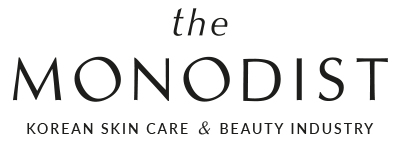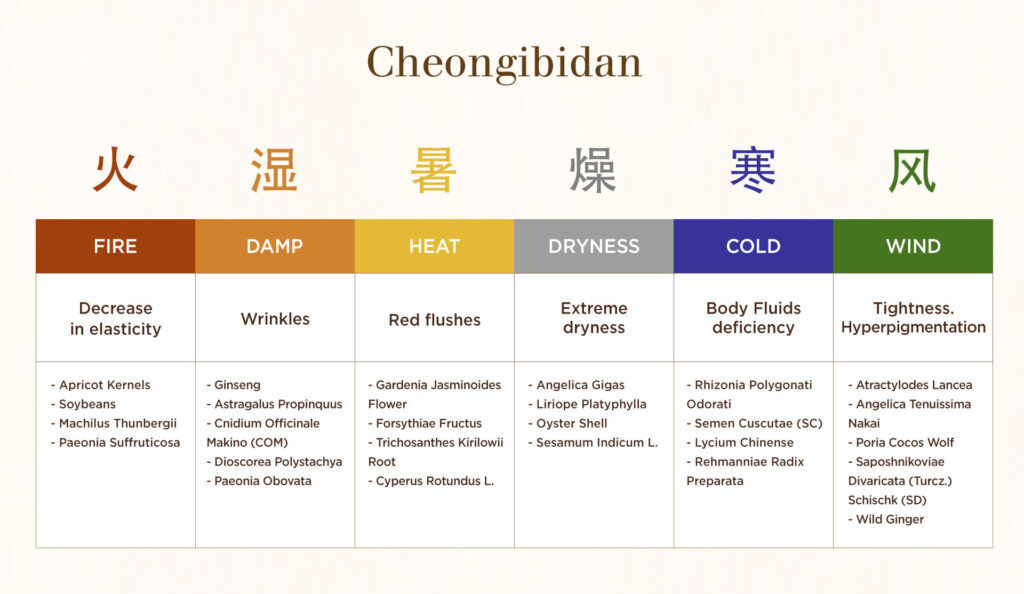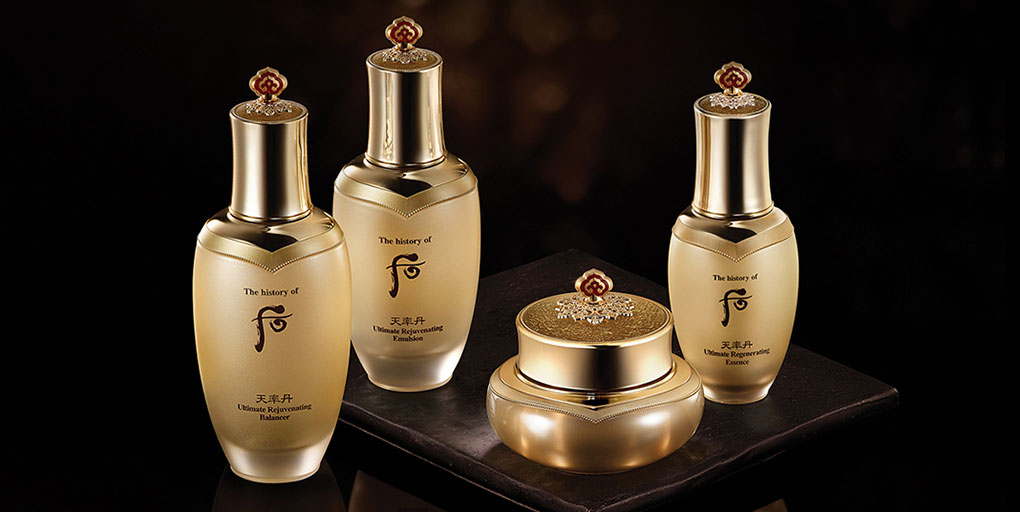
The History of Whoo – Cheonyuldan line
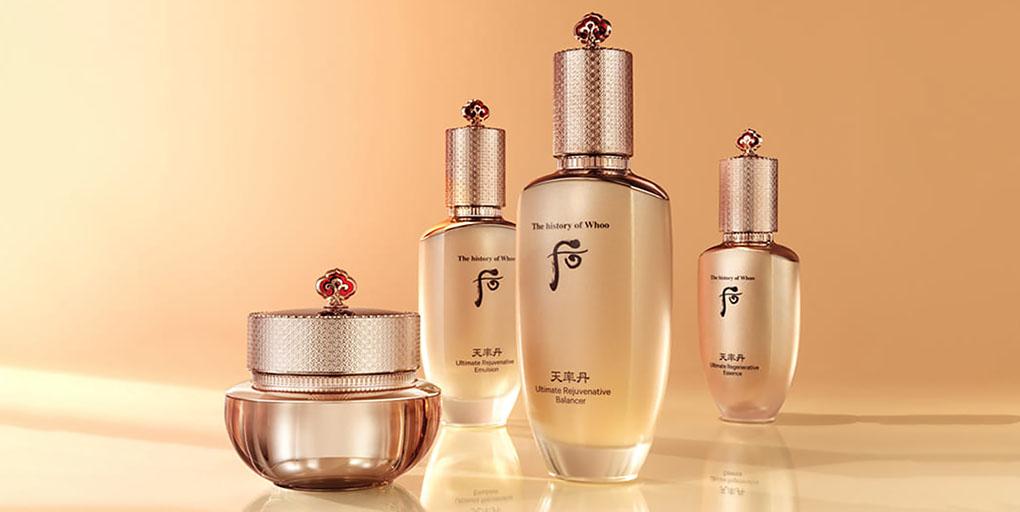
The History of Whoo’s Cheonyuldan (천율단) is a a premium anti-aging skincare line to address complex signs of aging.
Similarly to the Cheongidan line, it features a modern reinterpretation of the royal beauty secrets of Chinese Empress Dowager Cixi of the Qing Dynasty.
Compared to the Cheongidan line, the Cheonyuldan range offers an even more intense skin-rejuvenating action thanks to two exclusive formulas called Hwayulseokgok Complex™ and Royal Cheonchohwa™.
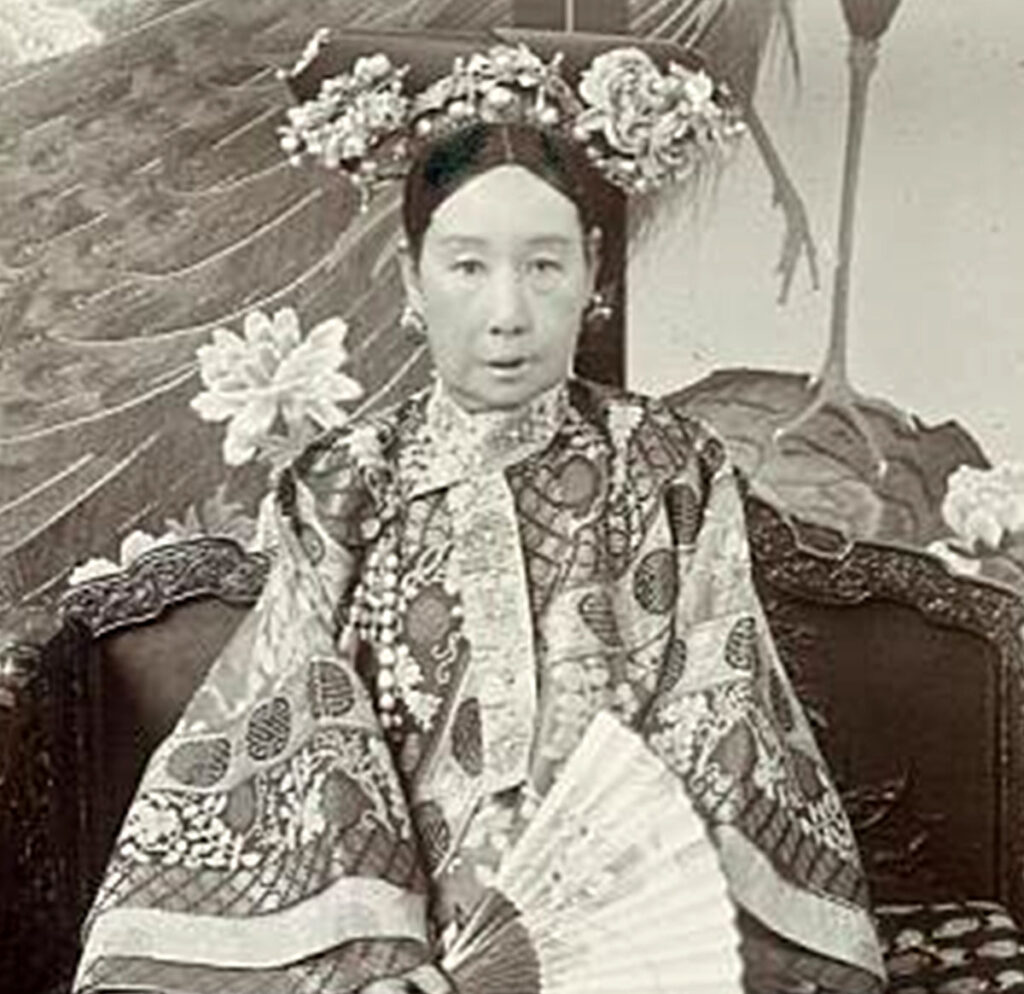
Xunling, The Empress Dowager Cixi (1903)
Empress Dowager Cixi was known to have an extensive beauty routine that allowed her to maintain her youthful appearance even in mature age. American portrait painter Katharine Carl, who lived in the Chinese Imperial Court for nine months and became a close acquaintance of the Empress, argued that Cixi had a “wonderfully youthful appearance”1.
Photographs of Empress Cixi in her 70s caused a sensation in the West as they showed the sovereign having a perfect smooth complexion with no visible wrinkles. However, critics later argued that official portraits were retouched to enhance the Empress’s beauty2.
Disclaimer: I personally translated the majority of facts and contents in this article from original Korean sources, so I kindly ask you to credit my work if you’re planning to use any of the information included in this guide.
Many concepts mentioned in this guide are based on Oriental Medicine principles, for a better understanding please refer to the introduction to Traditional Korean Medicine on this website. It’s important to stress out that there is no correspondence between Oriental Medicine organs and Western anatomy so capitalised names in this article shouldn’t be interpreted in the Western medical sense.
⬥ Recommended for
- Thin and weak skin
- Loss of elasticity
- Decreased skin density
- Dull and tired-looking skin
- Rough skin texture
- Very dry skin
- Individuals over 40

Main Ingredients:
All products in the Cheonyuldan line provide a complete rebalancing treatment (Hwayul, 화율, 和率) through the synergy of 3 actions that target the major aspects of skin aging: skin tone, moisture levels and firmness. The products also offer strong anti-oxidant properties for a total anti-aging solution.
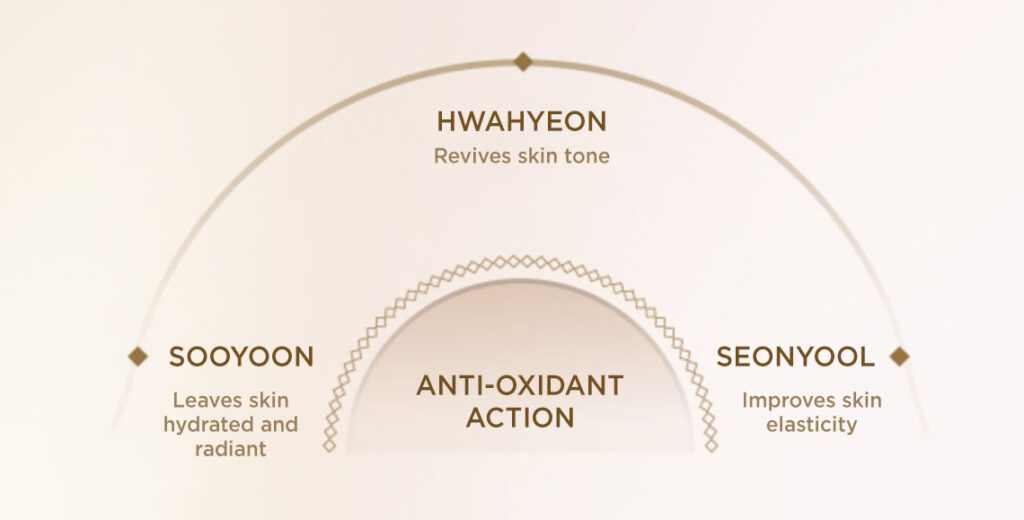
- Hwahyeon (화현, 華炫) – Revives skin tone.
- Sooyoon (수윤, 水潤) – Leaves skin hydrated and radiant.
- Seonyool (선율, 線率) – Improves skin elasticity.
Cheonyuldan promises to provide skin with three-dimensional radiance and enhanced elasticity (“Panoramic Illuminating Lifting Care“). After using the main products of the line (balancer, emulsion, essence and cream) twice a day for 4 weeks, skin radiance was shown to increase by 13.3% and elasticity was also increased by 27.4%.

In particular, Cheonyuldan products contain 3 potent formulas based on precious Traditional Oriental Medicine remedies: Cheongibidan (천기비단, 天氣秘丹), Hwayulseokgok Complex™ (화율석곡 Complex™) and Royal Cheonchohwa™ (궁중천초화™).
⬥ Cheongibidan (천기비단, 天氣秘丹)
All Cheongidan products contain Cheongibidan (천기비단, 天氣秘丹), an elaborate herbal formula that promotes skin regeneration.
Cheongibidan is a herbal complex based on the beauty practices of Chinese Empress Dowager Cixi. It’s composed of 26 premium herbal ingredients to address complex signs of aging.
Cheongibidan works both on the inside and the outside of the skin: by controlling the flow of the 6 Qi‘s on the inside, Cheongibidan helps boost skin’s natural luster on the outside.
In Oriental Medicine, the theory of 5 Periods and 6 Qi (오운육기, 五運六気) describes the influence of seasonal and climatic changes on the health of human beings. According to the “Advanced Textbook of Traditional Chinese Medicine and Pharmacology”:
Wind, cold, summer-heat, damp, dryness, and fire are the six climatic factors which correspond to normal seasonal changes. Normally, they are known as the “Six Qi.” (…). The Six Qi normally will not cause diseases. However, if and when the Six Qi become abnormal or excessive, as happens in abrupt changes in environmental conditions, and if the body’s resistance is too weak to adapt to these variations, the Six Qi may become the six excesses: pathogenic factors that cause diseases3.Advanced Textbook of Traditional Chinese Medicine and Pharmacology
When body’s immunity is weakened or compromised, the 6 environmental forces called 6 Qi become injurious by invading the body and they are traditionally referred to as “6 Pernicious Influences” or “6 Evils” in Oriental Medicine.

In relation to the skin aging process, the 6 Evils manifest through these symptoms:
- Fire (火) – Decrease in elasticity
- Damp (湿) – Wrinkles
- Heat (暑) – Red flushes
- Dryness (燥) – Extreme dryness
- Cold (寒) – Body Fluids deficiency (t/n In Oriental Medicine, “Body Fluids” are one of the 5 Vital Substances and are responsible for providing moisture and nourishment to the tissues)
- Wind (风) – Tight-feeling skin. Pigmentation disorders (Post-inflammatory hyperpigmentation and melasma)
The elaborate formula of Cheongibidan was created to target all these symptoms at once.
[click to enlarge]
⬥ Hwayulseokgok Complex™ (화율석곡 Complex™)

(picture by 엑스플랜트)
Hwayulseokgok Complex™ is a formula powered by the active ingredients of Cheolpiseokgok (철피석곡, 鐵皮石斛, Dendrobium Candidum).
Cheolpiseokgok is a highly treasured Traditional Oriental Medicine ingredient which only grows on remote cliff cracks that are 1,000m above sea level, making it especially difficult to obtain.
Because of its particular growing environment, Cheolpiseokgok is considered a plant with extraordinary vitality in Oriental Medicine.
In addition, the plant only blooms once a year from May to June. This makes Cheolpiseokgok a very rare and highly prized ingredient.
Cheolpiseokgok is known to boost collagen’s synthesis, stimulate wound healing and improve skin’s resilience and elasticity.
Hwayulseokgok Complex™ combines the active components of Dendrobium and Dendrobium Candidum Flower Yeast and is composed of: Ferulic Acid, β-Sitosterol, Linoleic Acid, Rosmarinic Acid, Cedrol, Quercetin, Ursolic Acid, Tocopherol, Bifida Ferment Lysate.
⬥ Royal Cheonchohwa™ (궁중천초화™).
Royal Cheonchohwa™ is a proprietary herbal complex developed using Hemerocallis Fulva Flower Extract. Hemerocallis Fulva is commonly known as “Daylily” because its individual flowers lasts only one day. In Oriental Medicine the flower is known for its calming and anti-inflammatory effects, so Royal Cheonchohwa™ helps support skin health and immunity.

Products:
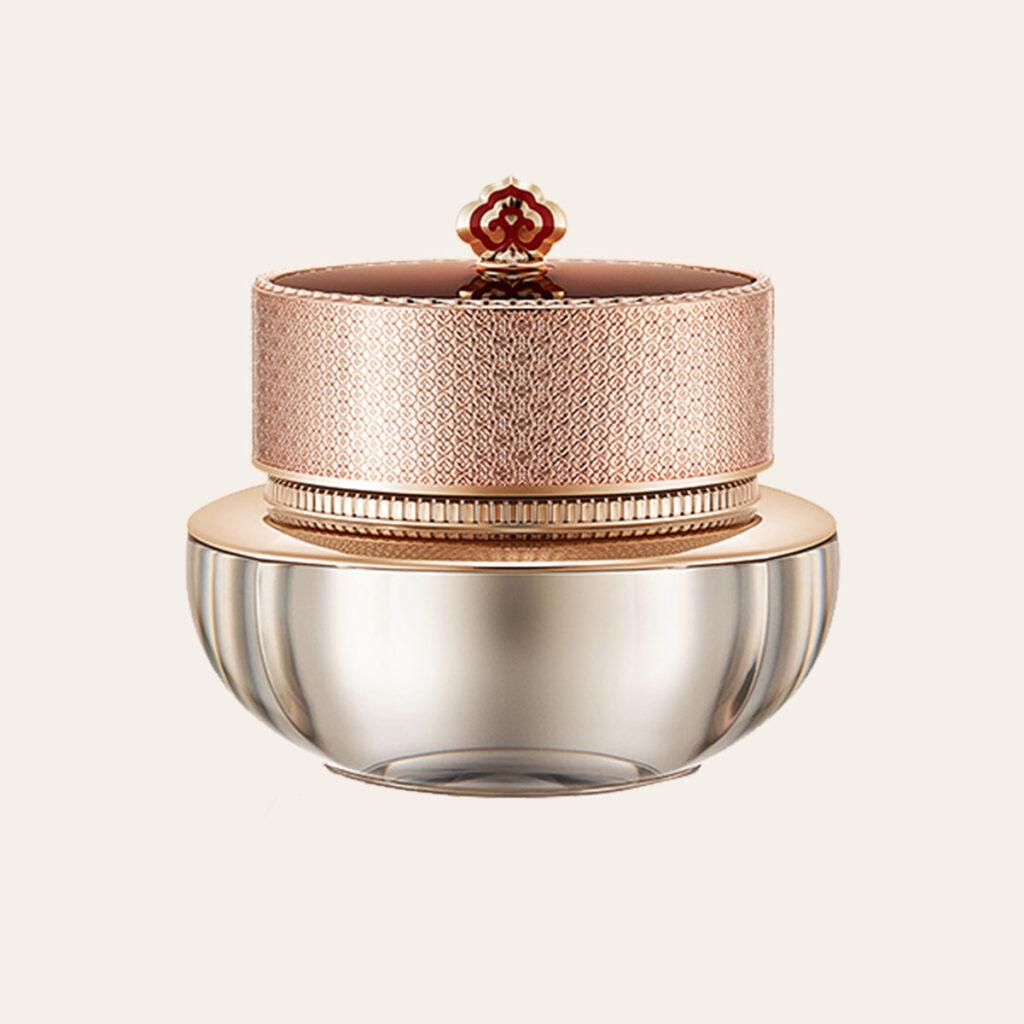
Cheonyuldan Hwayul Ultimate Regenerating Cream
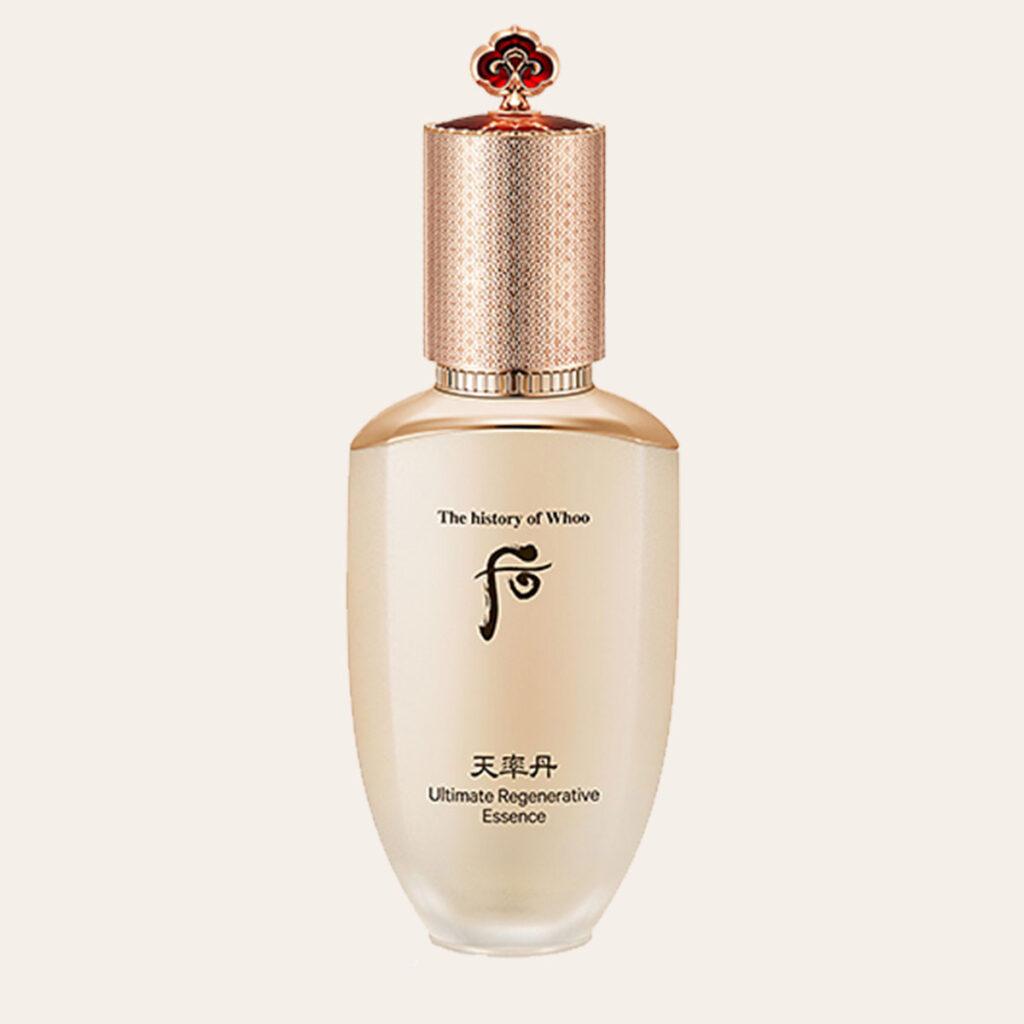
Cheonyuldan Hwayul Ultimate Regenerating Essence
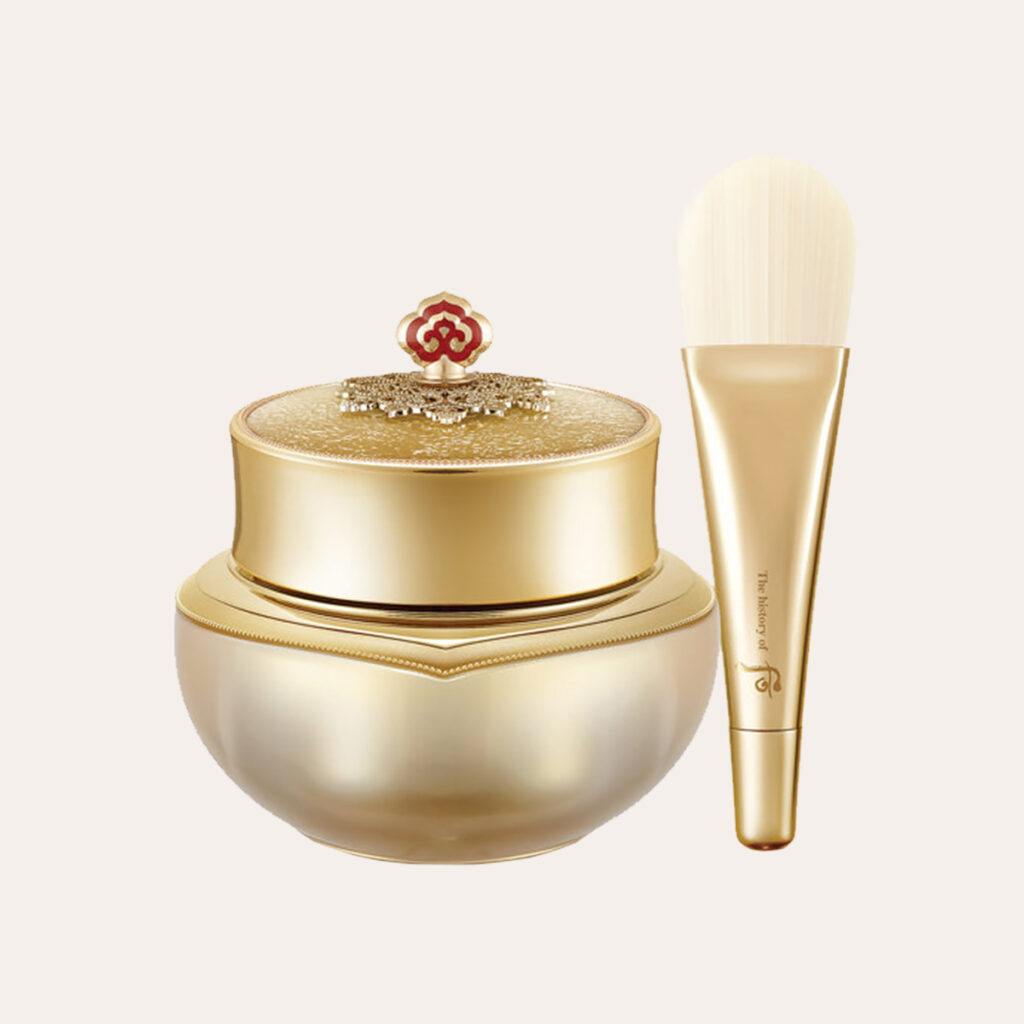
Cheonyuldan Hwayul Ultimate Regenerating Overnight Mask
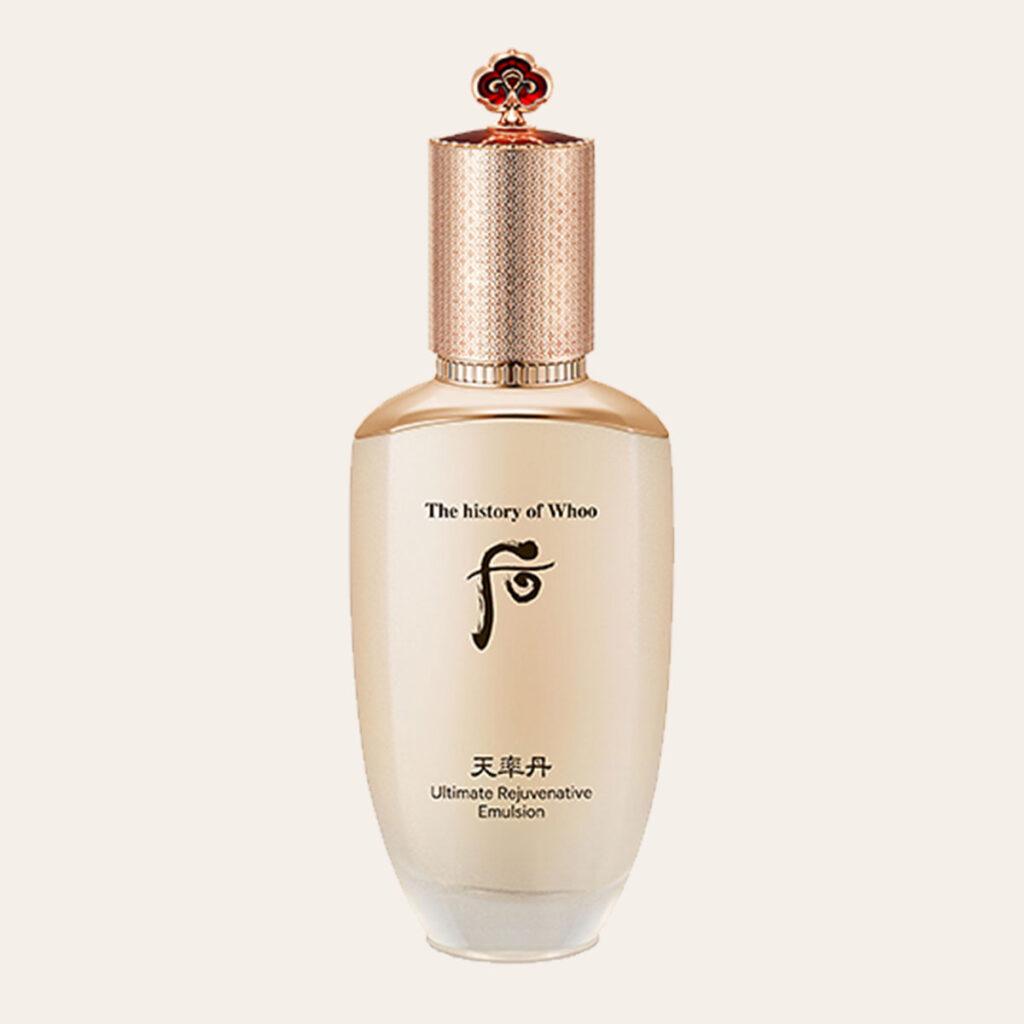
Cheonyuldan Hwayul Ultimate Regenerating Emulsion
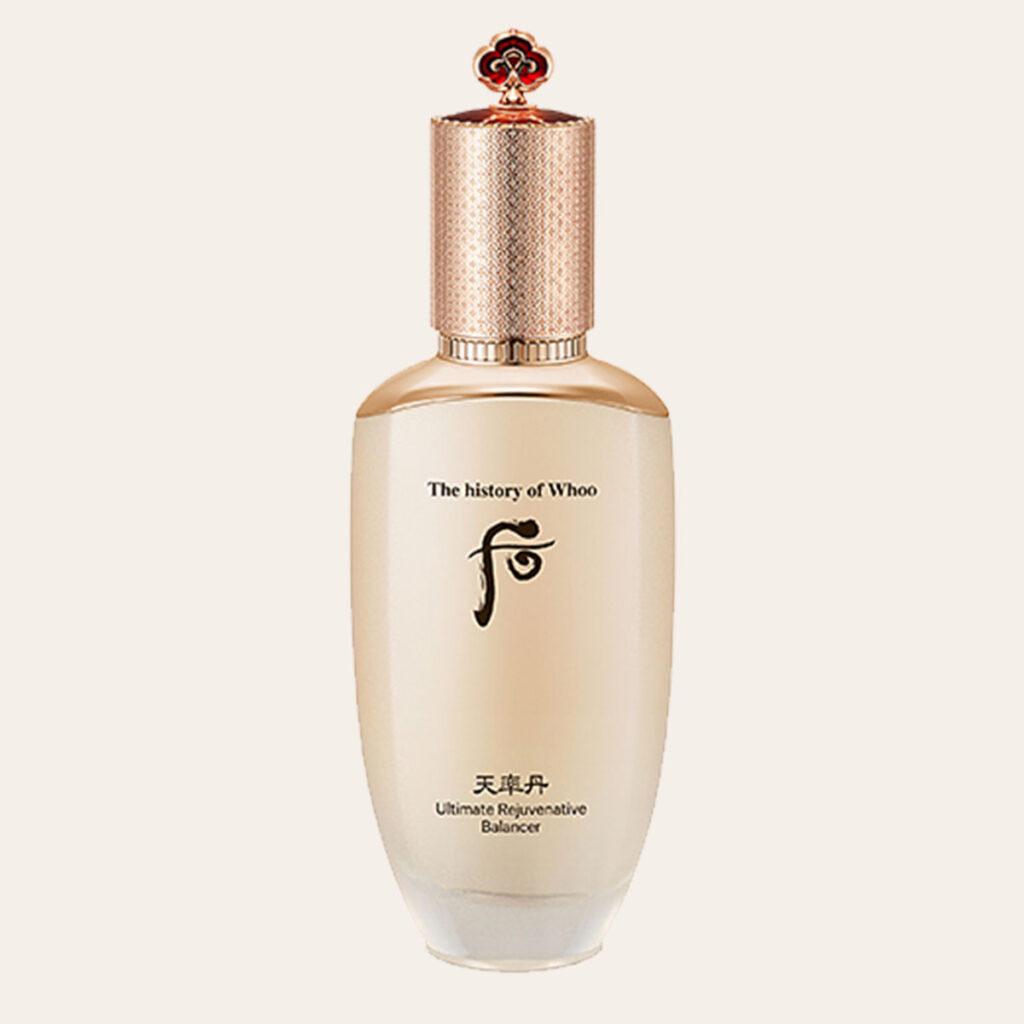
Cheonyuldan Hwayul Ultimate Regenerating Balancer
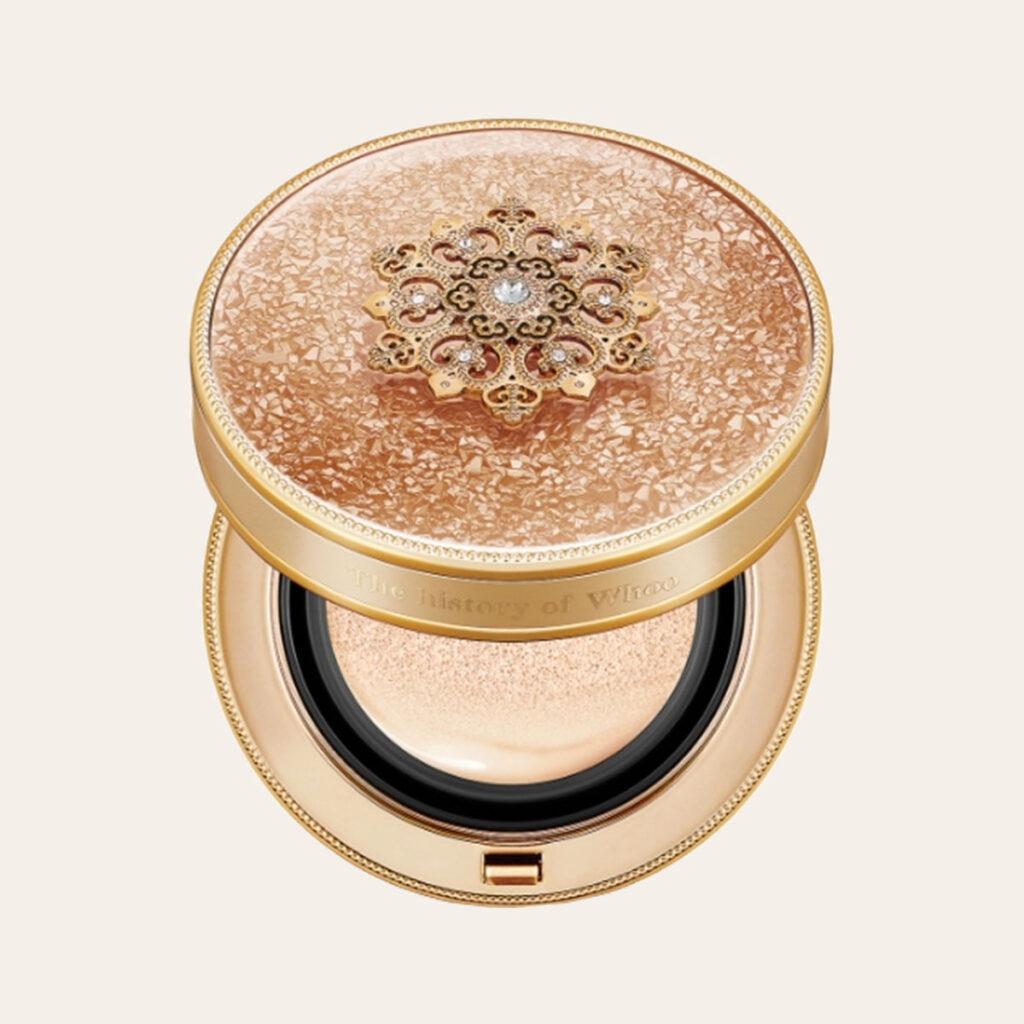
Cheonyuldan Hwayul Signature Cushion Foundation
⬥ Recommended order of use
- Cheonyuldan Hwayul Ultimate Regenerating Balancer
- Cheonyuldan Hwayul Ultimate Regenerating Essence
- Cheonyuldan Hwayul Ultimate Regenerating Emulsion
- Cheonyuldan Hwayul Ultimate Regenerating Cream

Shop:
⬥ International Retailers
Make sure to check out the Discount & Coupons page to access exclusive offers for major Korean skincare retailers.
⬥ Korean Retailers
Notes:
1. Chen, D. (2013). “The Western Perception of Empress Dowager Cixi”. Master of Arts. University of Victoria.
2. Peng, Y. (2013). “Lingering Between Tradition And Innovation: Photographic Portraits Of Empress Dowager Cixi.” Ars Orientalis, Vol. 43.
3. State Administration of Traditional Chinese Medicine. (1995). “Advanced Textbook on Traditional Chinese Medicine and Pharmacology”. New World Press.
Sources: LG Household & Health Care (unless otherwise stated)
Translation: © 2022 Odile Monod
Disclaimer: The list above contains a combination of affiliate and non-affiliate links. If you make a purchase through one of my affiliate links, I will earn a small commission (paid by third party companies, not you). Commissions help fund the content production of the Monodist. For more information on my affiliate policy please refer to my About page. Some links are missing because the item is not available outside of Korea at the moment.
